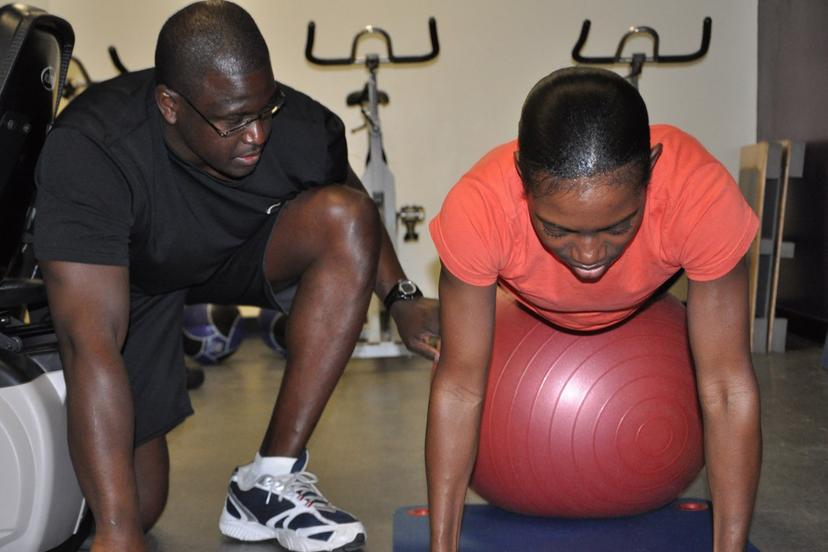Fitness and Training

Overview
It may seem like a paradox, but at the same time that obesity in America is at high levels, the fitness industry is a booming business. In 2019, the International Health, Racquet & Sportsclub Association (IHRSA) estimated that club memberships totaled 60.9 million in 2017 and the total number of clubs (including YMCAs and community centers) numbered 38,447. Worldwide, industry revenues totaled $87.2 billion.
The Physical Activity Council, an umbrella organization representing seven industry groups, estimates that nearly 55 percent of Americans age six and older participated in fitness activities to the level of high calorie burning in 2018, with only 35.9 percent meeting the criteria for being active to a healthy level.
One indication of the national interest in fitness is the number of get-in-shape magazines now on the market. Publications such as Self, Shape, Women's Health, among others, are aimed at women, but there are some for men too, such as Men's Health and Men's Fitness. One reason for this interest is the high rate of obesity. The National Center for Health Statistics found that nearly 40 percent of American adults, more than 18 percent of children, and about 21 percent of adolescents were obese. This epidemic has been caused by the shift to a knowledge economy, in which most work is sedentary, plus the deterioration of good eating habits. Some cultural observers suggest that the emphasis on women's fitness reflects recognition of the trend toward women's empowerment; feminist critics consider it a co-opting of this trend.
About 356,900 people are employed as fitness trainers and instructors. Fitness trainers and aerobic instructors work mainly at fitness and recreational sports centers. A score of organizations offer certification of these instructors, including some specializations such as yoga. Other jobs may be as recreation and fitness instructors at the postsecondary level.
Fitness and re...
